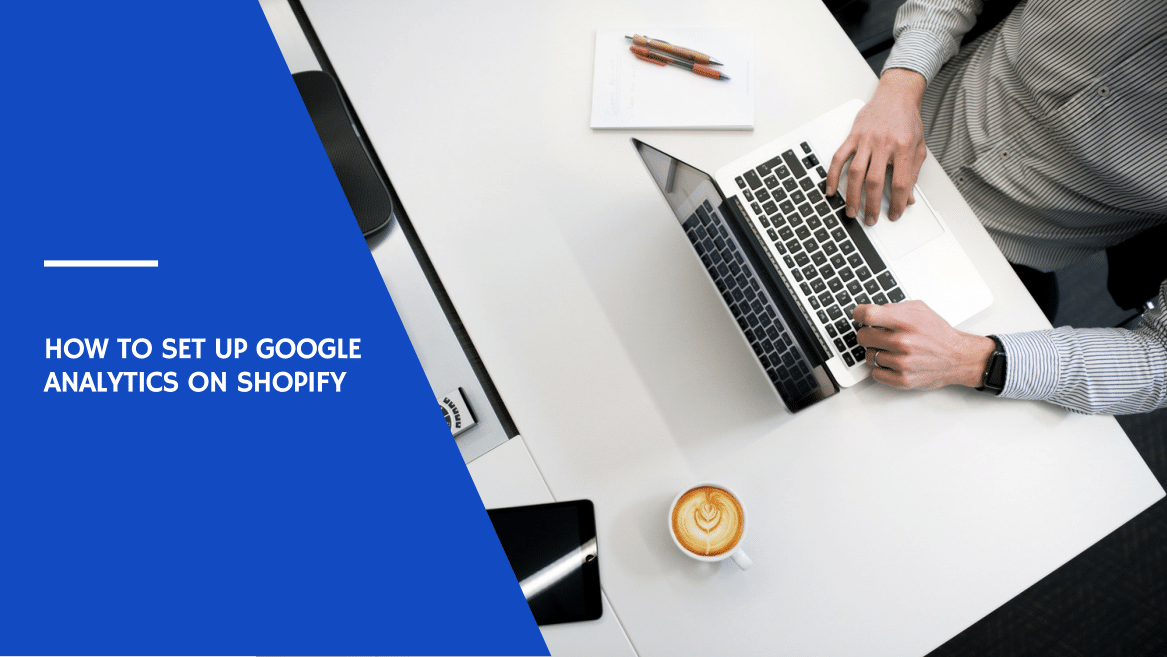
The world of online business requires a comprehensive understanding of user behavior. Shopping has become a remote activity that needs to be measured and assessed, and only a thorough understanding of analytics will ensure your overall success.
You want to offer the best customer experience for every new visitor to your store. Every Shopify merchant can trace the number of visitors using special tools such as Google Analytics. The biggest challenge occurs when you try to use the information effectively. Interpreting data is the basic feature offered by the Google Analytics platform. Is there a simple way to understand how to add Google Analytics to Shopify and use it to improve your website?
Content:
- Shopify And Google Analytics – why integrate?
- How do I setup the Google Analytics account on Shopify?
- How to use the data?
- Install Google Analytics on Shopify to improve your store!

If you search for ways to add Google Analytics to your Shopify storefront, you need to have background knowledge of how the tool works for any website. Let’s examine its most important features and the setup process.
Shopify And Google Analytics – why integrate?
Google Analytics provides detailed insights on what your customers do on your website. The potential of the tool is truly magical as it offers a number of ways to track the activity of users, as well as the transactions and sales channels.
Google Analytics makes it easy to:
- Track the number of visitors
- The lifetime of every user on your webstore
- Determine the location of the audience
- Clarify the devices of your visitors
- Monitor sales channels
- Identify the top-performing products
- Analyze the behavior of each user
- Track the pages with the most/least engagement
- Find the least appealing images
- Change the positioning of the content, etc.
Every eCommerce owner needs to understand the way to interpret data and use these insights to improve the website. But what is the right way to start the actual work with Google Analytics?
Newcomers to eCommerce have to clearly understand how to setup Google Analytics on Shopify on a website.
How do I setup the Google Analytics account on Shopify?
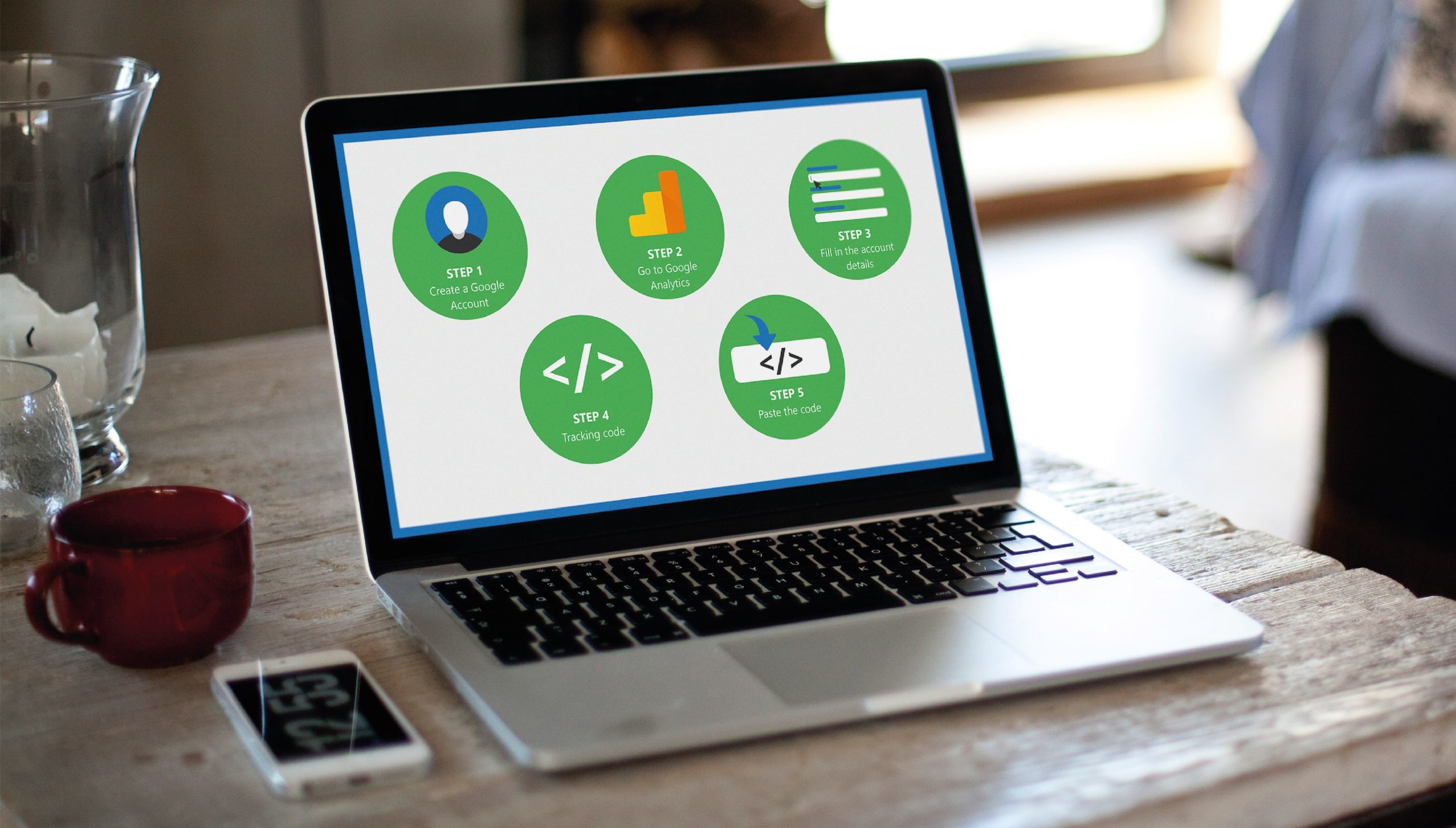
The first requirement is to integrate your Gmail account with your Shopify website. Then you will have to follow the guide that will activate your Google Analytics account. Keep in mind that the activation may take some time.
What are the steps to set up my Google Analytics account?
- Choose “Website” as a tracking method
- Input the name of your store
- Paste the URL of your website
- Change the relevant category of your business
- Choose the relevant time zone
- Press “Get Tracking ID”
- Copy the tracking code
- Add the tracking code to Shopify
- Save the changes
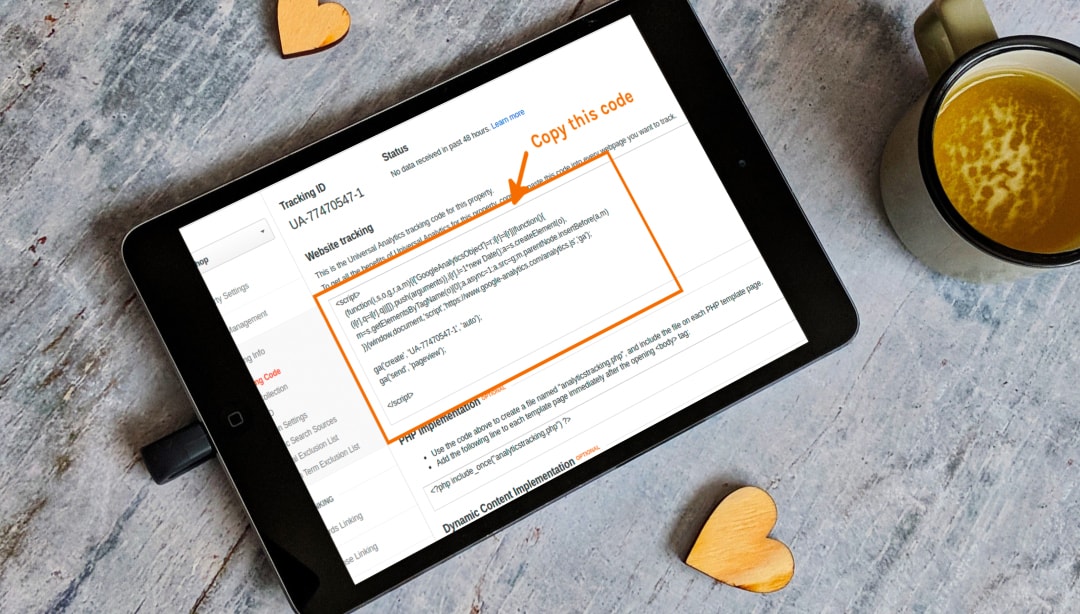
Once you added the Google Analytics section to your Shopify admin, there is a lot to explore. Shopify and Google Analytics will generate a lot of data with daily reports on the most crucial points.
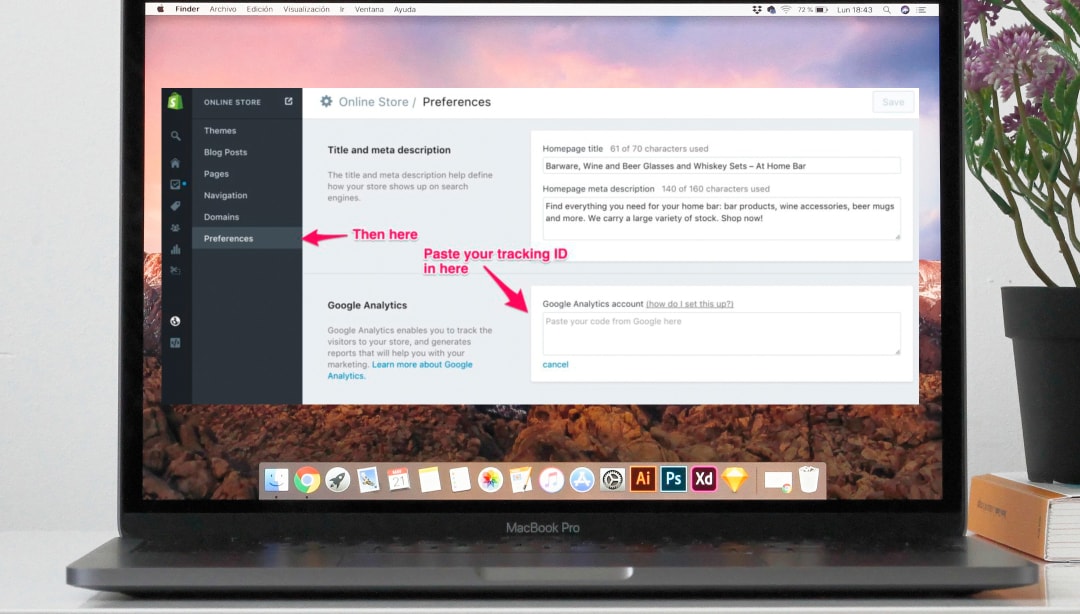
How to use the data?
The basic reports will use the following terms:
- The performance of products – you can filter top-performing items to understand which marketing approach drives the most sales.
- The channels with the most revenue – you can import the data in the form of a table displaying the winners as well as losers.
- The number of sessions – Google Analytics will show the number of interactions with your Shopify website at a time.
- The average time of each session – you can monitor the intervals that comprise each average session.
- New sessions – you can track the amount of time spent by newcomers to your website.
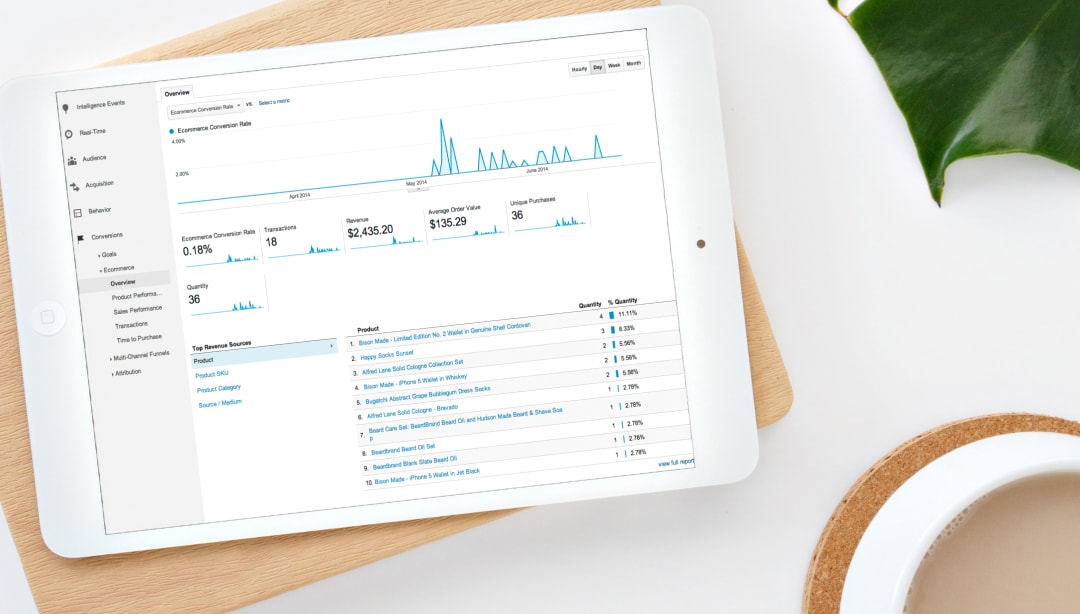
Install Google Analytics on Shopify to improve your store!
When you install Google Analytics on Shopify, you need to understand the real goals you want to achieve. To optimize your time, it is better start analyzing the needs of your customers and improving their shopping experience: Google Analytics gives the best insight on who your customers are.
If you install Google Analytics on your Shopify website, you will clearly see the weak points of usability, on either mobile phones or desktop. You will be able to refine conversion rates and make changes in shipping, distributing, and marketing approaches.
Track your eCommerce successfully with Google Analytics!
I just could not go away your site before suggesting that I actually enjoyed the standard info a person supply in your guests? Is going to be back continuously to investigate cross-check new posts
I all the time emailed this blog post page to all my associates, for the reason that if like to read it after that my friends will too.